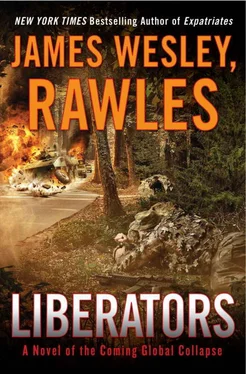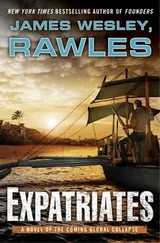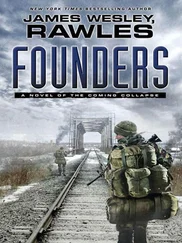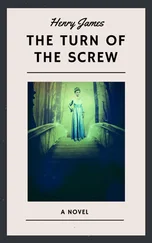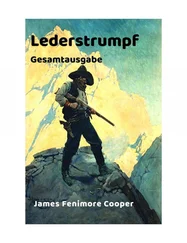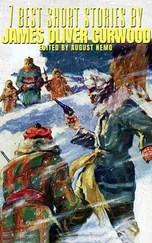—
Die Weisse Rose (The White Rose), Resistance Leaflet 3, 1942
The McGregor Ranch, near Anahim Lake, British Columbia—June, the Third Year
UNPROFOR swarmed into Canada’s western provinces simultaneously from three directions: from British Columbia’s western seaports, by road across the U.S. border, and by road from Ontario. Once they had control of the highways, they took over airports, seaports, and railroads. Because the rioting and looting had been less widespread than in the U.S., and the power grids suffered only limited interruption, reestablishing commerce went fairly quickly. The key ingredients were liquid fuels—gasoline, diesel, home heating oil, and propane—all of which had been disrupted by the Crunch.
UNPROFOR’s strategy for western Canada could be summed up in the phrase: Control the Roads. Checkpoints, manned by mixed UN and RCMP contingents, were set up on all highways.
The parliament met in a marathon emergency session in response to the global financial crisis. By means of some back-channel maneuvering and building a fearmongering coalition, the new Canadian Le Gouvernement du Peuple (“People’s Government,” or LGP) took power. They promised to “restore law and order to the streets,” and to “create order and fairness to the markets.” The new prime minister was Pierre Ménard, a strongly pro-UN socialist/collectivist and dyed-in-the-wool statist. Even before trucks began rolling in with foodstuffs, the LGP took advantage of the stable power grid in most of Canada and launched Progressive Voice of Canada (a.k.a Progressive Voix du Canada or PVC), operating on the old CBC transmitters and using their old studios. Annoyingly, more than half of the broadcasts were in French. And even more annoying, the broadcasts were pablum propaganda: promising the world, and sprinkled with charming human interest stories about how the benevolent LGP was making everyone’s lives beautiful. The truly laughable part of PVC was that it featured a lot of the same newscasters and radio show hosts who had been on CBC before the Crunch. Now they were dutifully parroting the LGP party line.
Alan McGregor said dryly, “Well, before I suspected they were a bunch of Bolsheviks, but now they’ve really come out of the closet, haven’t they?”
Not to be outdone, Stan said, “The thing about listening to PVC is that it gives me the uncontrollable urge to go dig up my own PVC.” (Stan still had his banned Mini-14 buried in a watertight length of eight-inch-diameter PVC water pipe, beneath his house.)
The one-dollar bill of the new LGP currency featured a portrait of an obscure 1950s French-Canadian socialist UN delegate with a distinctively round “moon” face. Because the old Canadian one-dollar coins had a picture of a swimming loon, and had been nicknamed the Looney, and then the bimetallic replacement one-dollar coin was nicknamed the Tooney, it was only natural that the new bill would be called the Mooney.
The citizenry was happy to see some commerce restored, but one of the immediate shocks was that their lifetime savings in the old dollars were now worth a pittance. With the exception of small change and the Looney and Tooney coins, the old dollar lost its full legal-tender status. The old paper dollars could be exchanged at banks for the new bills, but at a one-hundred-to-one ratio. Meanwhile, all deposits in bank accounts had two zeroes lopped off. In the case of the McGregors, their $81,220.52 balance at RBC became an $812. 20 balance. The same thing happened to their Registered Retirement Saving Plan (RRSP)—an account similar to a 401(k) in the United States. The net effect was that they’d had 90 percent or more of their lifetime savings inflated away; and everyone implicitly knew that inflation was a hidden form of taxation. Somehow it was the government-enmeshed bankers, brokers, and bureaucrats who came out of it with a profit and a smile.
For the average workingman, the new economic order seemed strange. The new “living wage” was set at $1.20 new dollars a day. And while rents and groceries seemed less expensive with the shift of two decimal places under the new currency scheme, their real prices were actually higher. The most painful thing for farmers, ranchers, and commuters was that gasoline and diesel were both “fair market” priced at twenty-two cents per gallon. But when 62 percent of those prices was paying an “Economic Recovery Tax” levied by LGP, then everyone naturally asked, “How truly fair is this market?” Very few people could afford to pay five Moonies for a tank of gas.
About the only good news for the McGregors was that Alan’s coin collection would now buy a lot of groceries, and that their property tax bill dropped two zeroes. But there was already talk of property reassessments. LGP began sticking its nose into many aspects of life by pegging wages and prices. All land transactions—even within families—had to be approved by a fairness monitor, and it was soon rumored that they didn’t get out their approval rubber stamps until some cash (“ le pot de vin ”) was slipped to them.
Private transactions in gold and silver were officially banned. By law, any holders of bullion and miners could sell their refined metals to the government only at the “Free Trade and Fairness Balanced” official prices, which were quite detached from reality. Of course black market gold and silver transactions flourished, despite the government’s threats of fines and lengthy prison sentences.
The bankers would still accept deposits of the 1962 to 1981 mint date Canadian nickels (which were 99 percent nickel) and both pre-2000 dimes and quarters (which had various compositions of silver and nickel, depending on their vintage) at face value. But nobody was surprised to see that once accepted, hardly any of those older coins were returned to circulation. Somehow, they just “disappeared.” Only the later-issue copper and steel tokenlike coins were recirculating. Alan McGregor could see through this smokescreen, so he held on to all of his pre-2000 coinage. He liked to say, “Gresham’s law can never be repealed.”
There wasn’t much of it going on in the western provinces, but they heard on the shortwave that European investors were snapping up prime farmland in Ontario for a pittance, using their new euros. The new euro had a fixed exchange rate of 4.5 to 1 to the new Canadian dollar. This made a hectare of Canadian farmland worth only about 20 percent of the price of comparable land in Europe.
The LGP was clearly either firmly in league with the UN, or an outright puppet government. From their first few days in power, they requested the “temporary assistance” of UN military police and “technical experts.” Not surprisingly, most of these UN troops dispatched to Canada were from France. (There were also smaller contingents from Holland, Chad, and Morocco.) The UN troops were under their own command structure, which was dubbed the United Nations Protection Force (UNPROFOR) Security Assistance Command.
Along with the LGP’s much-heralded beneficence also came its new bureaucracy. It seemed as if Bloc Québécois had magically staged a coup. Every school that reopened had a French-speaking principal. These were snooty easterners with ubiquitous red maple leaf pins on their lapels and purses, a symbol that was fully co-opted by the new government and the Agenda Nouveau . By decree, all school students in the western provinces had two hours of French instruction daily, in a curriculum with a simplified vocabulary. Their goal was all too transparent: They wanted compliant “worker bees” who understood enough French so that they could understand orders, and a statist mind-set, so that they would accept orders unquestioningly.
Читать дальше
